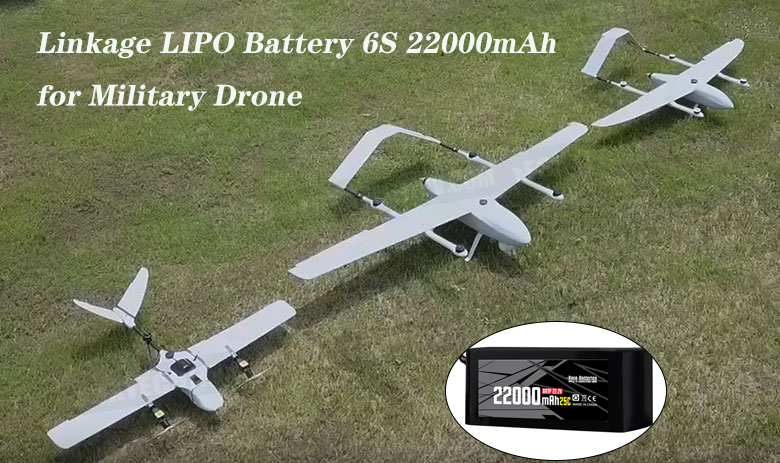- 06
- Dec
Related battery charging: battery charging for smart wearable devices
About charging: charging the wearable device battery
Wearable devices have become a popular technology, but battery life has also become an issue for many scientists and manufacturers.
1. Convert static electricity into usable electrical energy
Recently, a team from the National University of Singapore (National University of Singapore) has developed a flexible and compact device that can convert sudden static electricity into a usable power source. One end of the device touches the surface of the skin, and the other end is covered with a gold-silicon film. Together with the device, there are silicone rubber columns at both ends, which allow for greater power output and greater skin contact.

wearable device power supply
The team presented their results at the 2015 IEEEMEMS conference and proved that burst current can power some devices. By installing the device on the subjects’ arms and throat, they can generate 7.3V current by clenching their fists and 7.5V by speaking. The toilet paper is continuously rubbed, and the maximum voltage is 90V, which can directly light up the LED light source. The team plans to develop larger batteries in the future so that they can use more energy generated by human skin friction.
In addition to the power of this resistance battery, there are many other ways to discuss it in the world. For example, a new type of tattoo can turn human sweat into electricity, or turn our chin into a generator with special earphones. It seems that there are some special methods to handle the power supply of future wearable devices.
2. New tattoo: sweat turns into electricity
On August 16, Joseph wang (JosephWang), a researcher at the University of California, San Diego, invented a smart temporary tattoo that can generate electricity from sweat and one day power mobile phones and other wearable devices.
Smart tattoo power supply
The tattoo will stick to your skin, measure the chemical lactic acid in your sweat, and then use the lactic acid to make micro-fuels. When we train to exhaustion, muscles often feel burning, which is related to the accumulation of lactic acid. For muscles, lactic acid is a waste, it is the end in itself.
Exercise physiologists can now measure lactic acid levels in muscles or blood. When lactic acid is released from sweat, a new sensory skill is born. Wang invented a smart tattoo that uses a sensor to extract electrons from lactic acid to trigger an electric current. Wang estimates that 70 microwatts of electricity can be generated per square centimeter of skin. The researchers added the battery to the lactic acid sensor to capture and store electrical current, and then formed what they call a biofuel cell.
Whether you are driving or walking, the more you sweat, the more lactic acid, which means your battery can store more energy. Currently, such tattoos can only generate a small amount of energy, but researchers hope that this biofuel cell will one day generate enough energy to power smart watches, heart rate monitors or smart phones.
Motorola also created a temporary tattoo that can be used to unlock the phone. Maybe it’s the next must-have accessory for your phone, or you just need a little ink.
Guangdong lithium batteries are not only suitable for large-scale applications such as power plants and street lights. We will see miniature solar cells power wearable devices. Solar watches without batteries have existed for many years. EnergyBioNIcs has recently developed a solar watch that can meet its own needs as well as the needs of other devices.
One problem with using solar cells in wearable devices is that the device needs light to generate electricity. If the light is blocked, such as under a sleeve, it cannot generate electricity. But from another perspective, it also makes solar cells a good choice for smart clothing, because the flexible battery can even be sewn directly on the fabric.
Traditional solar cells provide stronger sunlight than traditional indoor light sources. In order to solve this problem, people are developing new data for indoor power generation, and the efficiency is also improving.
4. Thermoelectric set
thermoelectric collection uses a physical principle called the Seebeck effect to convert heat into electricity. Perot elements are combined with a pair of specific semiconductors, and current can be generated only by displaying the temperature difference.
For wearable devices, the human body can be used as the hot end, the environment can be used as the cold end, and the human body continuously emits heat. The impact energy depends on the delta value between high temperature and low temperature. Perot element can collect a lot of energy, and it has the potential to be used in devices that are close to the skin and require a lot of energy. One of the great advantages of the thermoelectric cycle is that it has a constant flow of energy, whether it is indoors or outdoors, day or night.
